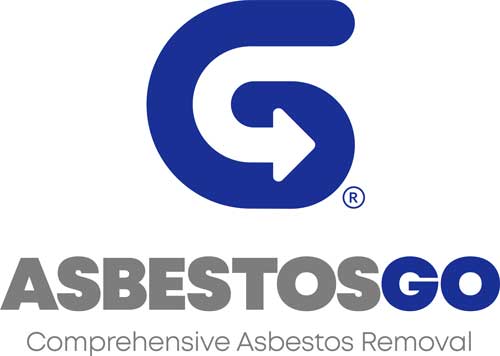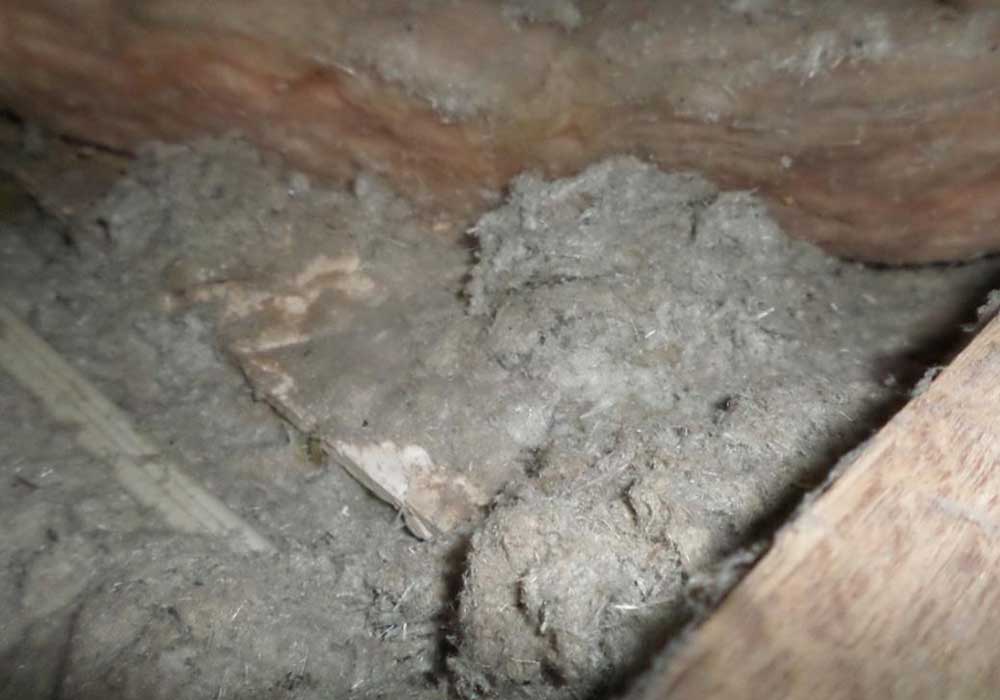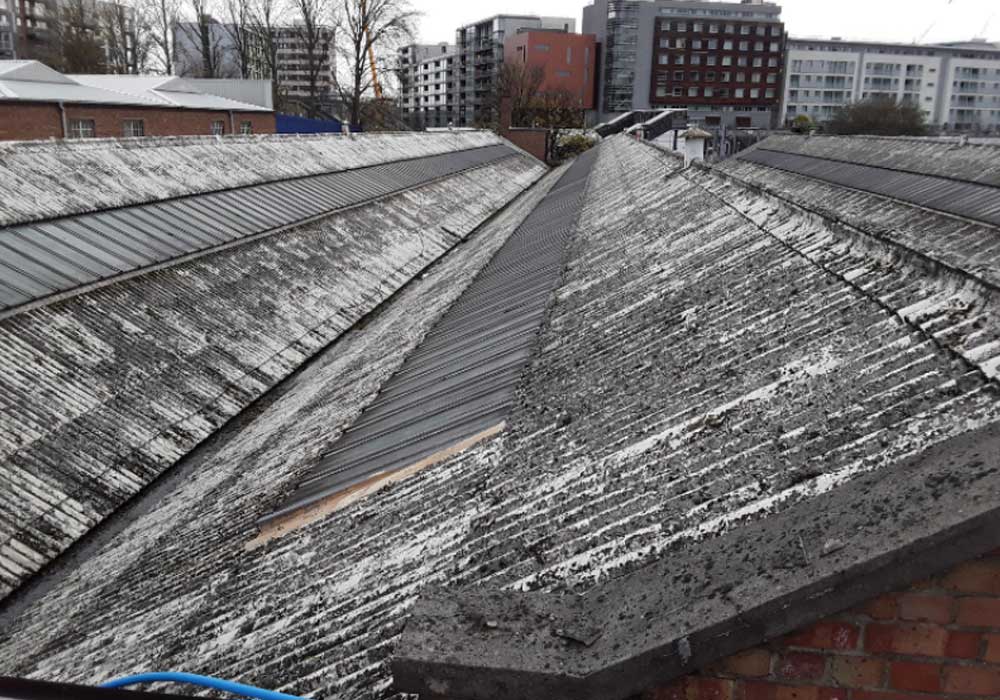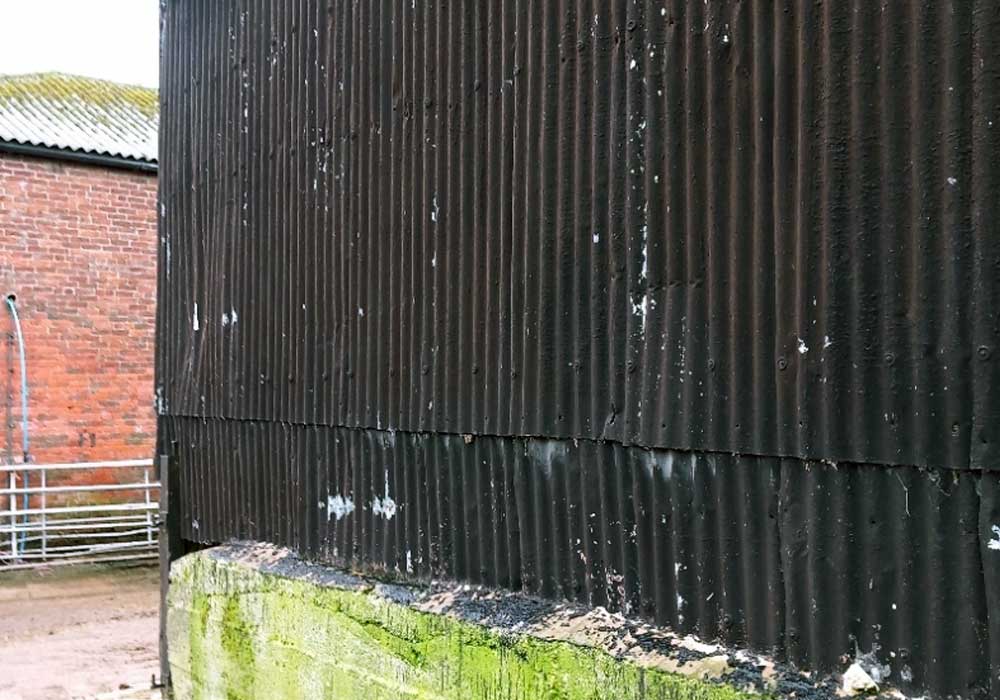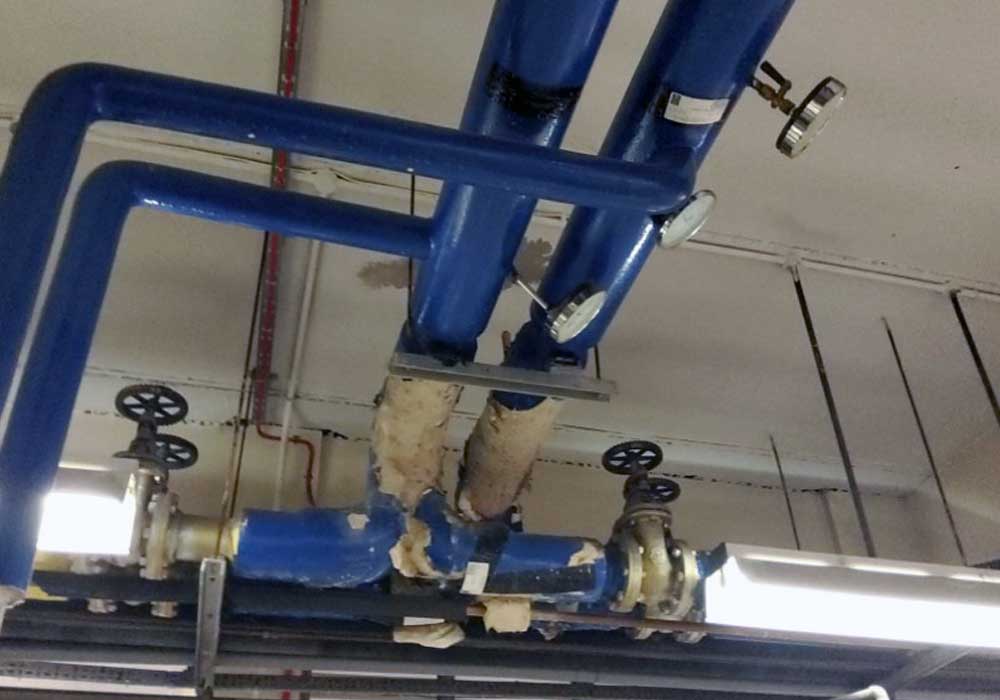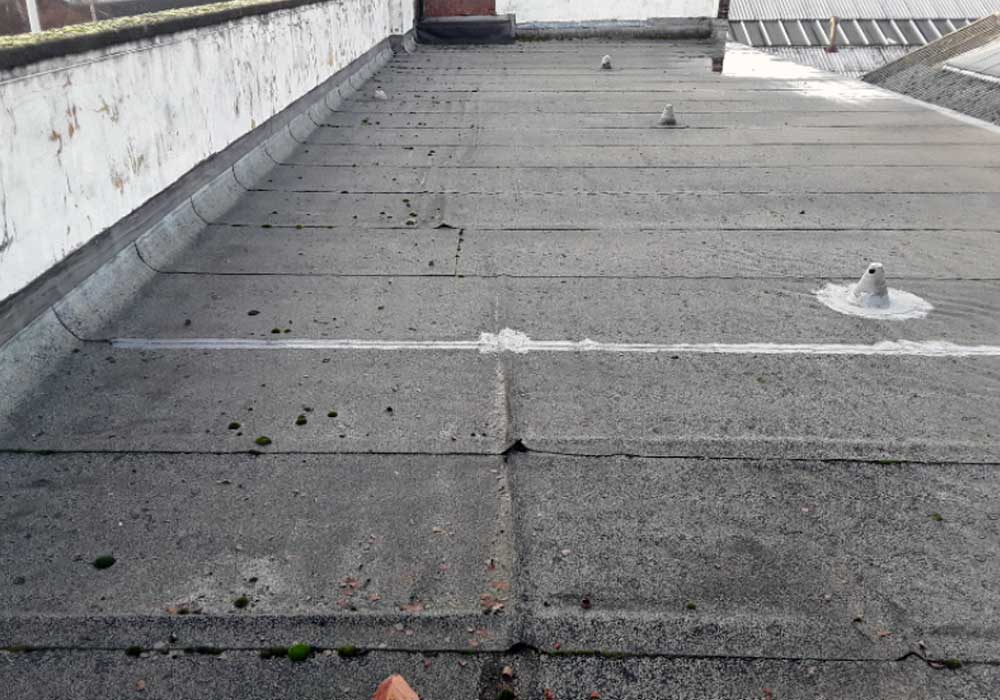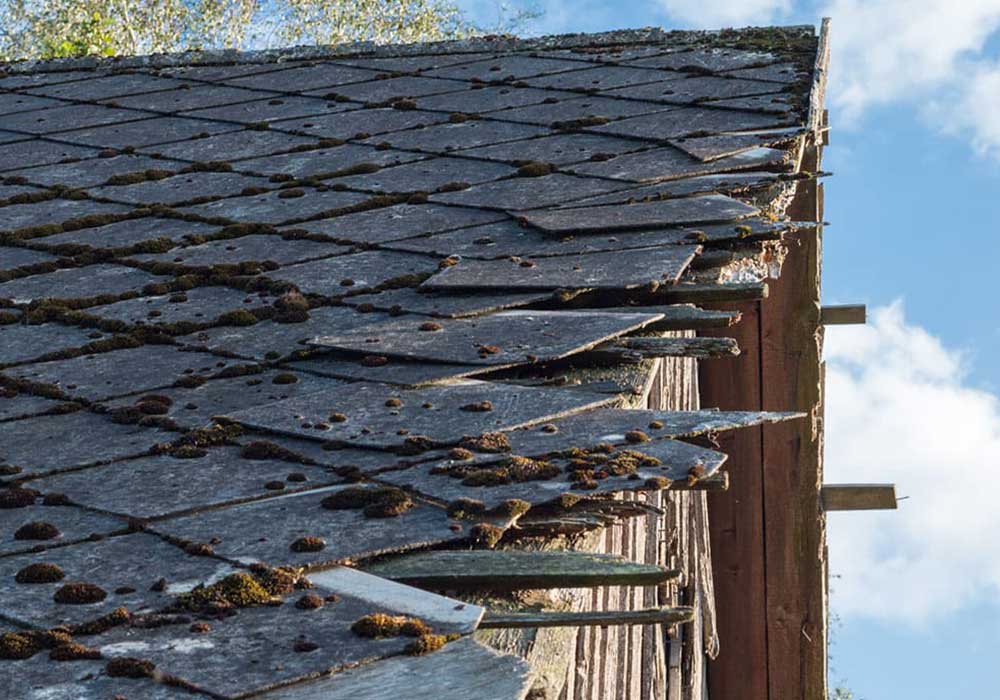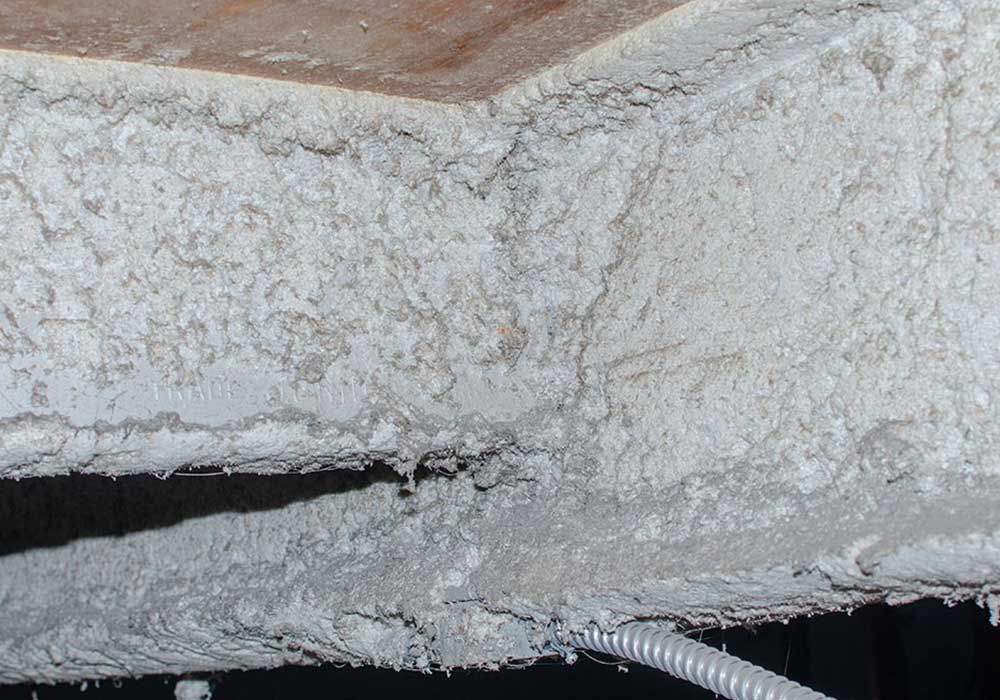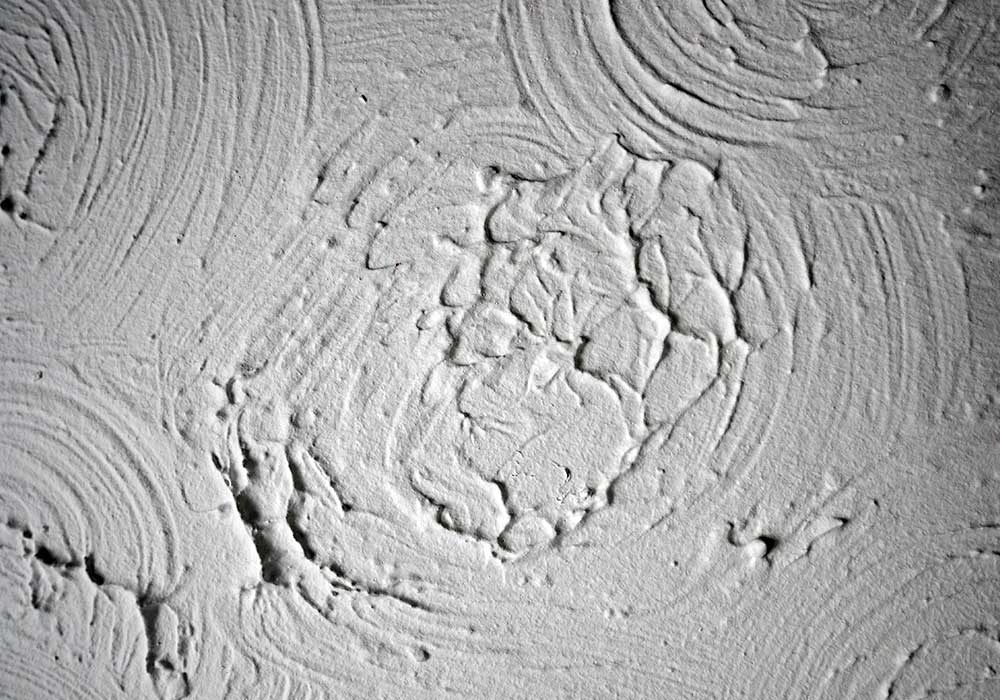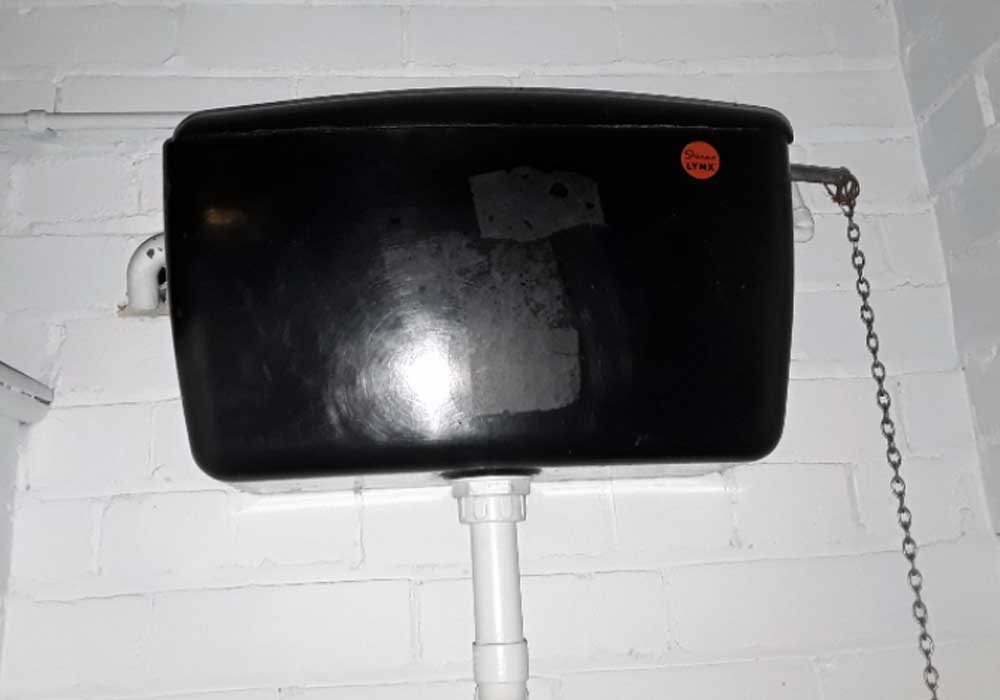
DO NOT TOUCH
Any work on these products needs a licensed asbestos contractor.
Loose Fill Insulation
Asbestos-containing loose-fill insulation, also known as asbestos attic insulation, was a common insulation material used in homes and buildings primarily from the 1920s to the 1970s. This insulation material was favoured for its fire-resistant properties and thermal efficiency but has since been recognized as a significant health hazard due to the presence of asbestos fibres. Here’s a description of asbestos-containing loose-fill insulation:
- Composition: Asbestos-containing loose-fill insulation consists of asbestos fibres mixed with other insulating materials, such as cellulose, vermiculite, or other loose fibres. The asbestos component was used to enhance the insulation’s fire resistance and thermal performance.
- Applications: This type of insulation was primarily used in attics and wall cavities to improve thermal insulation and energy efficiency. It was chosen for its ability to resist heat and reduce the risk of fire.
- Health Risks: The primary concern with asbestos-containing loose-fill insulation is the potential release of asbestos fibres when it becomes disturbed, deteriorates, or is handled. Inhalation of airborne asbestos fibres can lead to severe health conditions, including lung cancer, mesothelioma, and asbestosis.
- Age and Identification: Asbestos-containing loose-fill insulation was commonly installed in structures constructed before the 1980s. Identifying whether loose-fill insulation contains asbestos requires professional testing or sampling, as asbestos fibres are not visible to the naked eye.
- Removal and Handling: Due to the significant health risks associated with asbestos, the removal of asbestos-containing loose-fill insulation should only be performed by licensed asbestos removal professionals, like yourself. Strict safety protocols, including containment, personal protective equipment (PPE), and thorough decontamination procedures, must be followed to minimize asbestos exposure during removal.
- Replacement: When asbestos-containing loose-fill insulation is discovered during renovations or attic upgrades, it is safely removed and replaced with modern, asbestos-free insulation materials to ensure the safety of building occupants and workers. Asbestos-free insulation options are chosen based on thermal performance and energy efficiency needs.
In summary, asbestos-containing loose-fill insulation was once widely used for its insulating properties. However, it poses serious health risks when disturbed or deteriorated, as asbestos fibres can become airborne.

